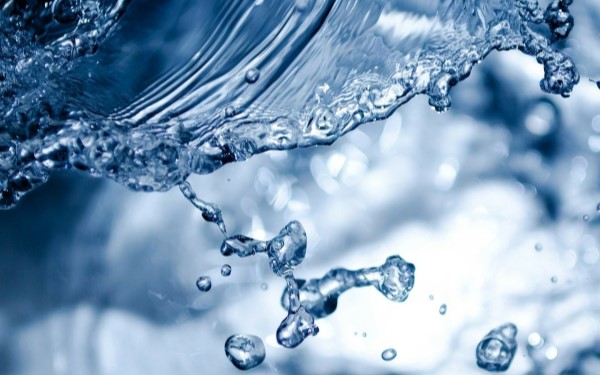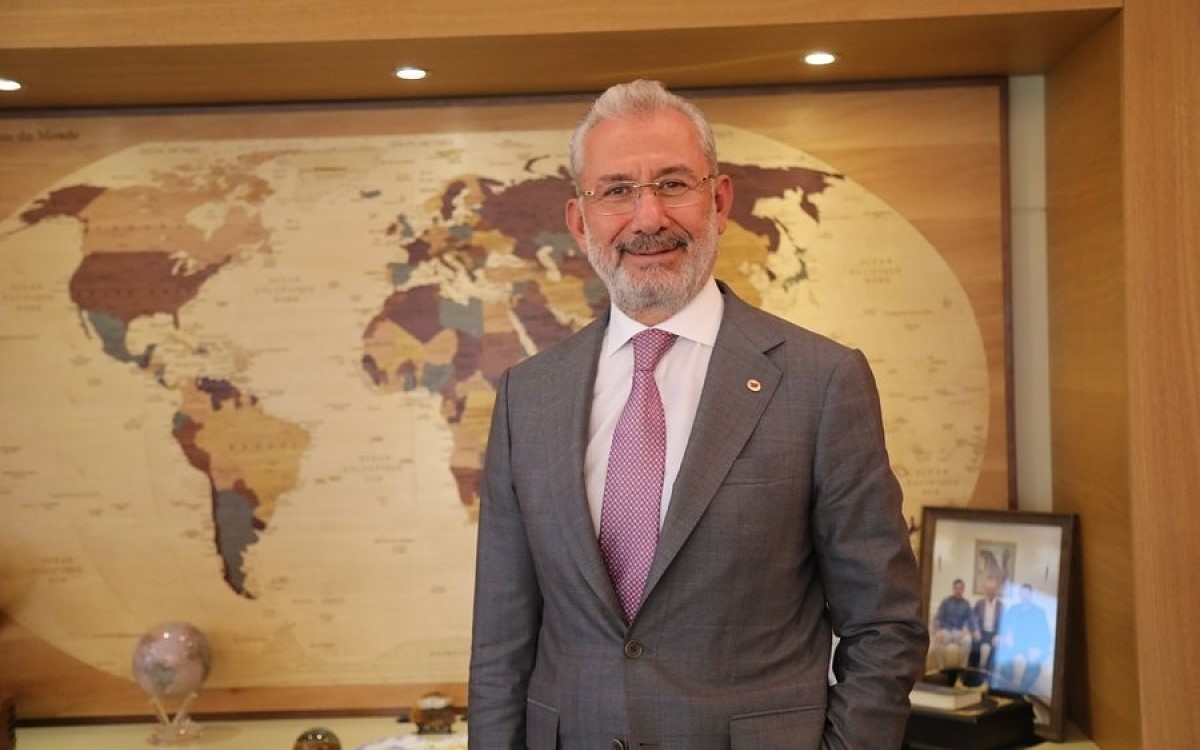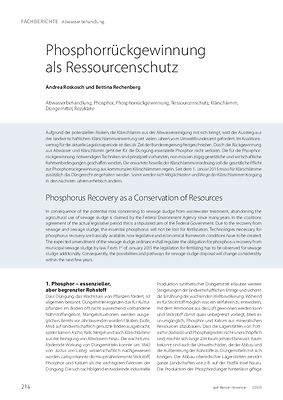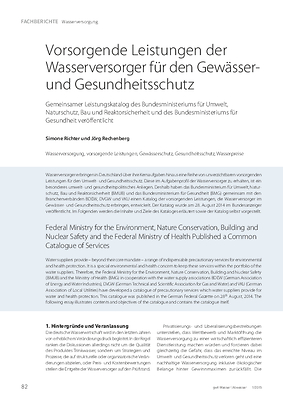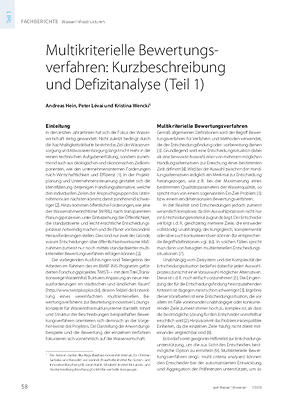March 15, 2022 | Since 1993, the United Nations has been calling for World Water Day. This year under the motto “Groundwater: Making the Invisible Visible”. Groundwater is invisible, but its impact is visible everywhere. Out of sight, under our feet, groundwater is a hidden treasure that enriches our lives. In the driest parts of the world, it may be the only water people have.
The following video is one of a series of films from a 7-year UK-Government (DFID-UKRI) funded research programme called UPGro (Unlocking the Potential of Groundwater for the Poor). It gives a short introduction to groundwater.
More videos about groundwater7 ways to make groundwater visible
Dr Jenny Grönwall of SIWI (Stockholm International Water Insititute) discusses 7 ways to make groundwater more visible:
- Demystifying: Being underground makes groundwaterseem “mysterious”. Groundwater is nota flowing river, but water that exists incracks, pores and fractures. Better visualisations can help to bust somecommon myths.
- Understanding the complexity: Groundwater is the resource, and the aquifer its “host” – both need tobe protected. The hydrological cycle affects how quickly water is recharged after extraction. Understanding these complex processes can help us see the value in this invisible resource.
- Data on hidden use: Data and understanding of who is using, how much water, for what, at which time is missingin most countries. Seeing individual use and access means all water resources are included in management. Such data can also help reduce power asymmetries where an aquifer is shared across countries.
- Unlocking potential: Harvesting rainwater and investingin structures to enhance aquifer rechargeimproves food security, human health andaquatic biodiversity. It also highlights howunderground reservoirs act as “banks” orbuffers during dry spells.
- Seeing the impacts of climate change: Climate change is silently affecting groundwater quality and quantity, and we need more studies to assess its future impacts. High temperatures increase evaporation and decrease recharge.
- Highlighting its role for biodiversity: Groundwater is as vital for human use as it is for supporting ecosystems such as wetlands. Over-pumping is already driving biodiversity loss. Making such connections will go a long way in making groundwater visible, and uniting to protect aquifers.
- Joining hands: Multiple disciplines need to come together to shine a light on groundwater. We need everyone’s help – the social scientists, the lawyers, the modellers, the engineers and communicators to make groundwater visible.
